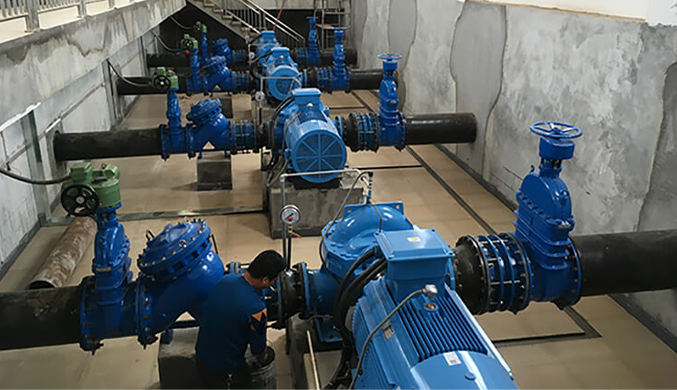Danish
- Afrikaans
- Albanian
- Amharic
- Arabic
- Armenian
- Azerbaijani
- Basque
- Belarusian
- Bengali
- Bosnian
- Bulgarian
- Catalan
- Cebuano
- Corsican
- Croatian
- Czech
- Danish
- Dutch
- English
- Esperanto
- Estonian
- Finnish
- French
- Frisian
- Galician
- Georgian
- German
- Greek
- Gujarati
- Haitian Creole
- hausa
- hawaiian
- Hebrew
- Hindi
- Miao
- Hungarian
- Icelandic
- igbo
- Indonesian
- irish
- Italian
- Japanese
- Javanese
- Kannada
- kazakh
- Khmer
- Rwandese
- Korean
- Kurdish
- Kyrgyz
- Lao
- Latin
- Latvian
- Lithuanian
- Luxembourgish
- Macedonian
- Malgashi
- Malay
- Malayalam
- Maltese
- Maori
- Marathi
- Mongolian
- Myanmar
- Nepali
- Norwegian
- Norwegian
- Occitan
- Pashto
- Persian
- Polish
- Portuguese
- Punjabi
- Romanian
- Russian
- Samoan
- Scottish Gaelic
- Serbian
- Sesotho
- Shona
- Sindhi
- Sinhala
- Slovak
- Slovenian
- Somali
- Spanish
- Sundanese
- Swahili
- Swedish
- Tagalog
- Tajik
- Tamil
- Tatar
- Telugu
- Thai
- Turkish
- Turkmen
- Ukrainian
- Urdu
- Uighur
- Uzbek
- Vietnamese
- Welsh
- Bantu
- Yiddish
- Yoruba
- Zulu
Telephone: +86 13120555503
Email: frank@cypump.com
nov . 12, 2024 13:25 Back to list
supply submersible mixed flow pump
Supply and Application of Submersible Mixed Flow Pumps
Submersible mixed flow pumps are essential components in various industries, serving critical functions in fluid transport. By design, these pumps are submerged in the fluid they are intended to move, making them ideal for a range of applications, from municipal water supply to industrial processes.
Working Principle
Submersible mixed flow pumps operate by utilizing a rotating impeller that draws fluid in, converting kinetic energy into pressure. Their unique mixed flow design allows them to handle both vertical and horizontal flow, making them versatile in their application. The impeller’s geometry enables the pump to generate significant flow rates while maintaining high efficiency. This is particularly useful when dealing with large volumes of water or other fluids in confined spaces.
Applications
1. Water Supply and Distribution One of the primary uses of submersible mixed flow pumps is in municipal water systems. They efficiently transport water from sources like rivers, lakes, or underground reservoirs to treatment facilities and distribution networks. The pumps ensure that communities have a reliable and consistent water supply.
2. Agricultural Irrigation In agriculture, these pumps are widely used for irrigation purposes. Farmers rely on them to move water efficiently to fields, ensuring crops receive adequate hydration. Their ability to operate underwater reduces the need for complex piping systems, which can be cost-prohibitive.
3. Wastewater Management Submersible mixed flow pumps play a crucial role in wastewater treatment plants. They are used to remove sewage and industrial effluents, helping to maintain public health and environmental standards. Their robust construction allows them to handle various contaminants, making them suitable for challenging applications.
supply submersible mixed flow pump

4. Flood Control During extreme weather conditions, submersible mixed flow pumps are vital for flood management. They are employed to drain water from low-lying areas and prevent property damage. Their rapid response capability is invaluable in minimizing the impacts of flooding, providing a crucial defense against natural disasters.
Advantages
The advantages of using submersible mixed flow pumps over other types of pumps are numerous. Their design allows for quiet operation, as they are submerged and thus insulated from external noise. Additionally, they require minimal maintenance, as many components are protected from environmental damage. This leads to lower operational costs over time. The efficiency and high capacity also mean that fewer pumps are needed to achieve the same results, simplifying infrastructure and reducing energy consumption.
Considerations for Supply
When sourcing submersible mixed flow pumps, several factors must be considered. The pump's size and capacity should align with the specific needs of the application. It's important to assess the fluid characteristics, including viscosity and potential contaminants, as these can affect pump performance. Furthermore, the operating environment must be taken into account to ensure that the pump is durable enough to withstand harsh conditions.
Conclusion
Submersible mixed flow pumps are a vital part of modern fluid management systems, with applications spanning various sectors. Their ability to operate efficiently underwater, combined with their versatility, makes them indispensable in ensuring the effective transportation of fluids. As technology advances, we can expect further innovations in pump design, which will enhance efficiency and broaden their application in a rapidly changing world. This will not only benefit industries but also contribute to sustainable practices and efficient resource management in the long run.
-
Heavy-Duty Mining Sludge Pumps - Wear-Resistant Slurry Handling
NewsAug.02,2025
-
Horizontal Split Case Pump with GPT-4 Turbo | High Efficiency
NewsAug.01,2025
-
ISG Series Pipeline Pump - Chi Yuan Pumps | High Efficiency, Durable Design
NewsAug.01,2025
-
Advanced Flue Gas Desulfurization Pump with GPT-4 Turbo | Durable & Efficient
NewsJul.31,2025
-
ISG Series Vertical Pipeline Pump - Chi Yuan Pumps | Advanced Hydraulic Design&Durable Construction
NewsJul.31,2025
-
ISG Series Vertical Pipeline Pump - Chi Yuan Pumps | Energy Efficient & Low Noise
NewsJul.31,2025










